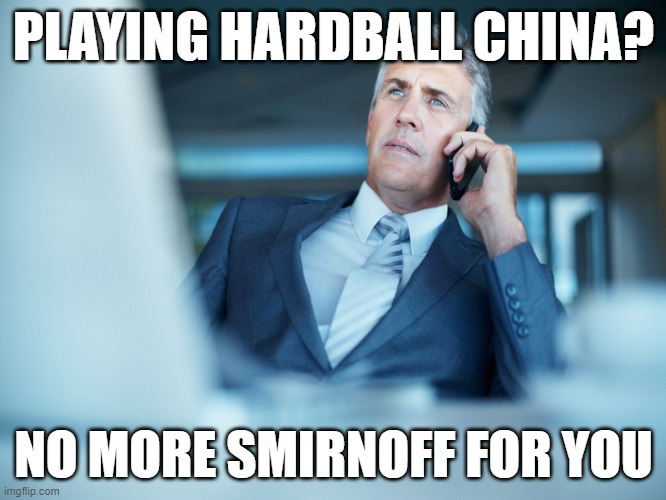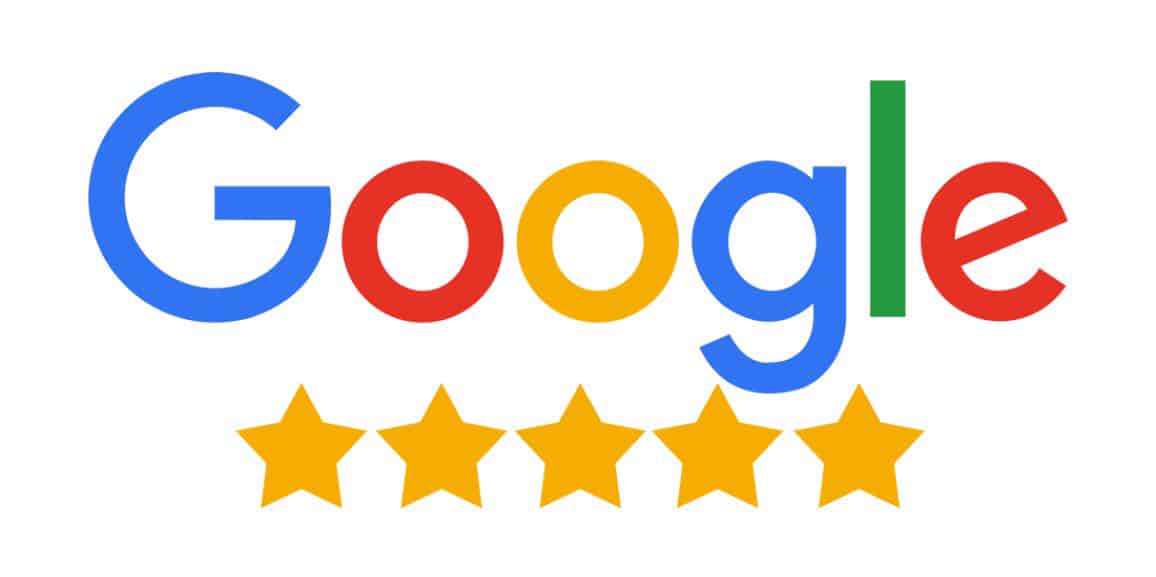- Bourbon Bubba
- Posts
- Spirits Valuation - Part 3
Spirits Valuation - Part 3
Revenue is a qualitative metric. Fight me.
TLDR: In Spirits valuation, revenue is a qualitative metric
In the past two editions on Margin and Velocity, we have discussed how valuations should be viewed through the lens of value to a potential acquirer.
Margin is the measure of how much cash a buyer will reap from the brand.
Velocity is the measure of how the brand will perform in the buyer's larger sales org.
If that's the case, then why does revenue matter at all? Why are all valuations driven by revenue multiples?
Whether you have $100k of sales or $10M, both are immaterial compared to the volume a brand can do when it gets launched within the system of an international giant.
That's 100% true.
Current revenue is an irrelevant quantitative measurement for a buyer because it will be totally different on day one in their system.
But it's the most important qualitative one. Here's why:
R&D Through M&A
Let's jump back into the perspective of our strategic buyer:
International Beverage Titan Cartel (IBTC)

When IBTC acquires a brand, what's the biggest risk?
They have the distribution to guarantee placement and consumer eyeballs.
So the risk is simple: It doesn't sell.

But that's unlikely right? Giant companies have so much consumer data and experience, that they should understand the consumer's desires.
Ha…
The bigger the company, the worse they are at understanding consumers.
Despite having all the resources, giant companies tend to suck at innovation.
They rely on startups to find the consumer demand and then they just pay up for it.

IBTC’s proven innovation strategy
So they need confidence that the brand they are buying has real product market fit.
Revenue is that confidence.
I like to think of each dollar of revenue as a 5-star Google Review.

Each purchase is a data point that the brand resonates with consumers.
More data = More confidence = Less risk = Higher valuation
Current revenue will never enter their financial model, but that doesn't stop it from being the single biggest driver of a purchase decision